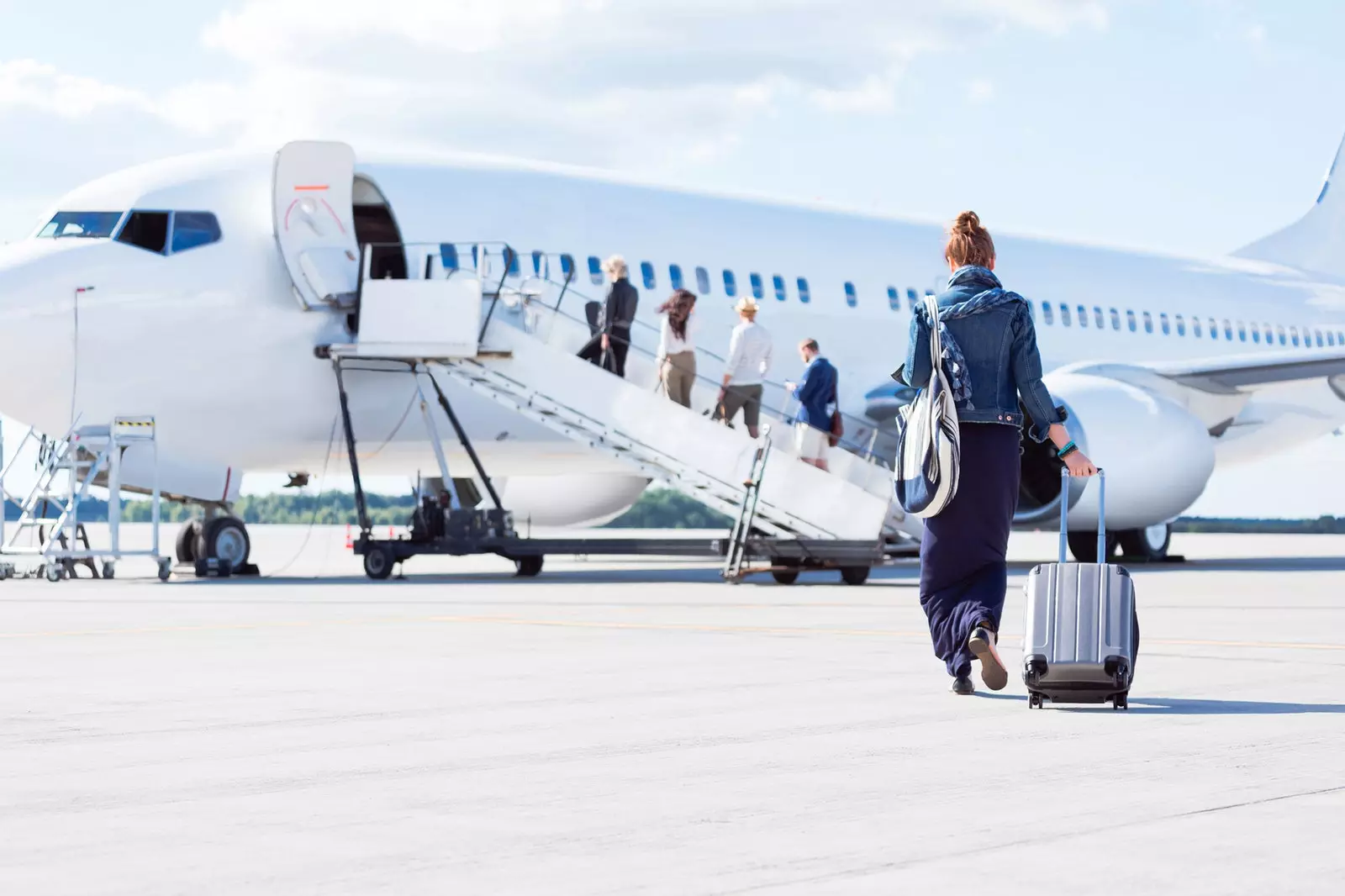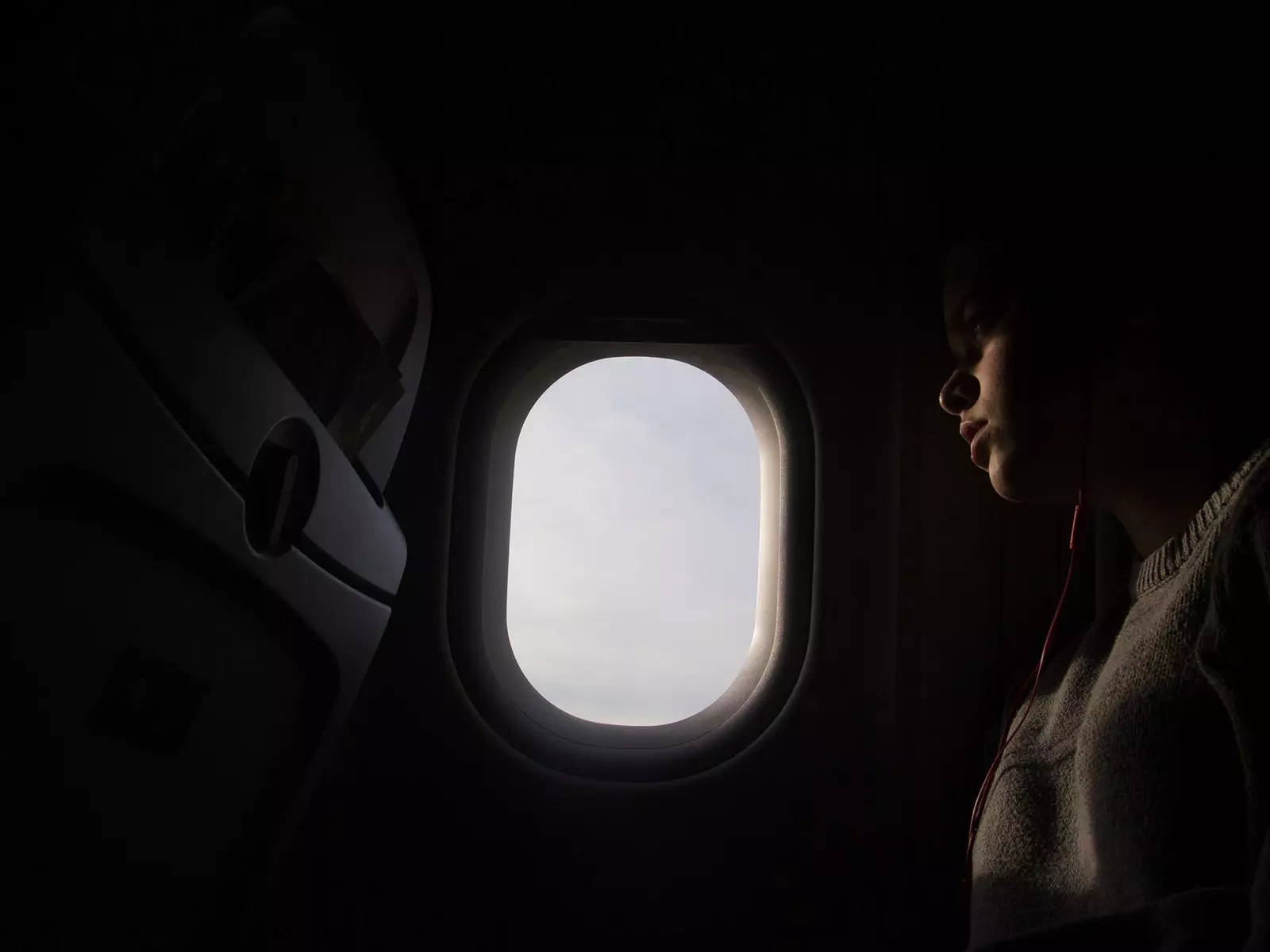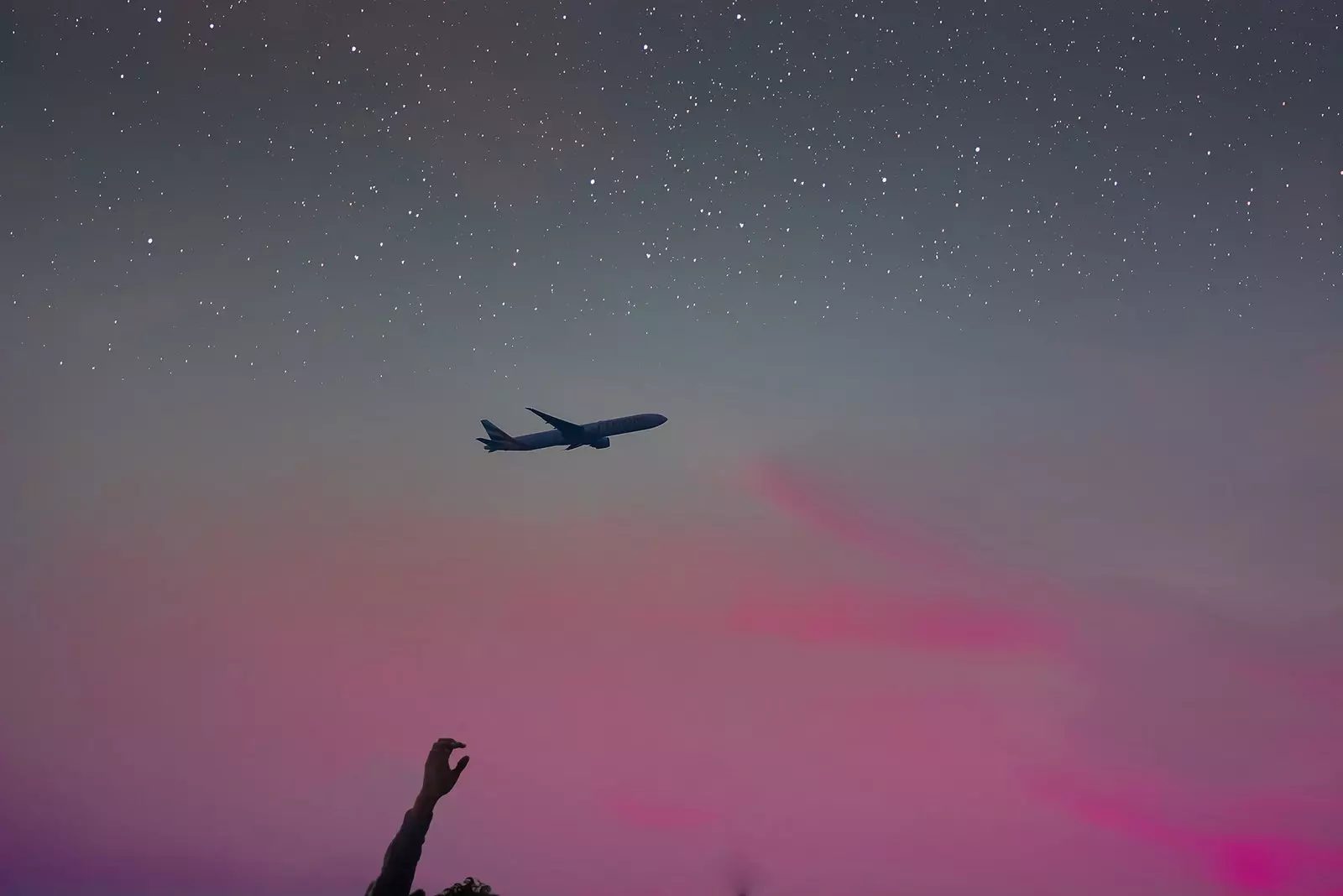
Is it possible to fly without polluting?
The challenge: reduce environmental impact to offer a responsible travel experience. The starting signal: at the beginning of this year, when the celebration of the Davos World Economic Forum.
Until he came the Swedish activist, Greta Thunberg , with 32 hours of train travel from Stockholm behind her and some statements that knocked down the double standards of many: “I no longer travel by plane out of conviction I don't want to say one thing and act another."
With these words, Thunberg revolutionized a sector, the aviation , which although it has been working on a development model for years more sustainable , continues to be in the crosshairs of environmentalists and now, and increasingly, of conscientious passengers.
At just 16 years old, the activist has put a face and voice to the fight against the climate crisis in a speech full of truths like fists. “I cannot understand that many of the people who are here to raise awareness and try to mitigate the effects of climate change have arrived on private jets,” she noted at Davos.
And as usually happens in these cases, the social explosion was immediate, beginning with social networks that were not only mobilized, but also committed. And so, under the hashtag #agstannarpåmarken (or in English #stayontheground ), which in Spanish could be translated as “stay grounded” , the movement has taken root in countries like Sweden, where train travel has increased by 8% to the detriment of the plane due to environmental concerns of society.
In the meantime, the airline sector tries to mitigate CO2 emissions generated by airplanes which, according to Civil Aviation, are around one 2% of greenhouse gas emissions globally , at the stroke of initiative, and each one more creative.
It is also estimated that the pollution produced by airplanes will continue to increase despite the fact that currently air operations are a 70% more efficient than 40 years ago . But of course, there are many more planes flying...
AIRLINES, IT'S YOUR TURN
Needless to say that the challenge on the part of the airlines in enormous and, although many of them are already taking action on the matter, the most critical sector wonders if we are late.
qantas , the Australian flag carrier, achieved in May one of the biggest environmental milestones in aviation history : complete the first flight without plastic waste of the world. The F739 from Adelaide to Sydney it was the first commercial flight in history that did not produce in-flight waste, no easy task considering that the airline normally produces 34kg of waste on this route (only two hours long) and 150 tons of waste per year between these two cities alone.
How did they get it? Replacing around 1,000 single-use plastics with alternative solutions, including small milk containers, cutlery or the boarding passes themselves, which were 100% digital.
The organic packaging company BioPak it supplied food containers made from sugar cane and cutlery made from crop starch. After a titanic and very expensive effort, which even reached the VIP lounges of both destinations, the airline has confirmed that the flight was 100% carbon free.

Is it possible (or will it be) to mitigate emissions into the atmosphere?
Not even a month ago Finnair launched one of the most innovative initiatives on the market, a new service through which all passengers of the Finnish airline can compensate, if they so wish, CO2 emissions from your flights supporting environmental projects or through the to biofuel acquisition.
Push for Change , the name given to the new service, is now available on the Finnair website. "We want to offer the best solutions for responsible travellers," he says. Topi Manner, CEO of Finnair , and continues: “Aviation has positive economic and social impacts, and it is important that we work to build more responsible air travel.”
The theory, of course, cannot sound better but, How can this project of idealistic dyes be put into practice? In the initial phase of Push for Change, Finnair passengers can support a CO2 emission reduction project to promote the construction and use of eco-efficient stoves in Mozambique, which reduce carbon consumption and deforestation.
And here's the thing: Payments are transferred to the project in full via NEFCO (Nordic Environment Finance Corporation). The compensation charge is €1 for a return flight within Finland, €2 for a return flight within Europe, and €6 for an intercontinental flight.
Charges are based on calculated average emissions and the costs of reducing one ton of CO2 within the project in question. Finnair offsets the CO2 emissions of its own staff through this service.
Air France's commitment to the environment is also firm, which is why the French airline has taken responsibility for eliminating 210 million single-use plastic products by the end of 2019 . I mean, stop now.
A task that is neither easy nor cheap, which includes some dizzying figures: eliminating 1,300 tons of plastics means that 210 million single-use products will be replaced by sustainable alternatives on all flights . 100 million plastic cups will be replaced by paper cups, 85 million plastic cutlery will be replaced by products made from bio-based materials or 25 million plastic stir sticks will be replaced by wooden sticks.
KLM , another of the European airlines most committed to the environment, has spent years launching the most varied projects to reduce environmental impact and increase sustainability.
Hence, the Dutch airline has established a catering waste recycling system for European flights it starts with the separation of waste already on board.
How does it work? The cabin crew collect waste separately on board, which is then distributed in 12 groups (cardboard, polyethylene, glass, cans, etc.) to be recycled. Those that cannot be recycled are burned..
The company's objective is reduce by 50% the waste it generates by 2025 (compared to 2011). To achieve this goal, KLM has changed, among many other actions, even the packaging of the sandwiches that are given out for free on board.

Finnair's eco-sustainable toiletry bags
Environmental goals and a responsible flight experience are also reflected in a modern fleet that consumes less and less fuel. In the case of KLM-Air France , the group has 21 new Boeing 787 Dreamliner, lighter and less noisy devices **(- 40%) ** that consume a 20% less fuel than a similar sized aircraft.
With these initiatives, CO2 emissions have been reduced to date by more than 20% compared to 2011 Furthermore, this goal has been reached a year ahead of schedule.
ETHICAL AND ALSO AESTHETIC AWARENESS
In 2010 KLM renewed the uniforms of its entire workforce and, instead of throwing them away, transformed those 90,000 kilos of fabric into recycling material that, beware, the airline used for the blue details of the carpet of the new World Business Class cabin.
Also Air France, together with the eco-design and recycling company bilum presented a collection of recycled toiletry bags from old life jackets.
In the case of Finnair, the new toiletry bags and textiles on board recently introduced in business class are signed by the renowned Finnish design brand Marimeko , with whom Finnair has had a long-standing collaboration for years.
On this occasion, the chosen prints are the work of the designer Maija Island and include a plus of sustainability: the toothbrush that is included in the bag is made of bioplastic based on corn starch, in the wrappers of the earplugs the plastic has been replaced by wax paper and even the slippers offered in business class are made from recycled PET plastic bottles and are offered wrapped in a cardboard band instead of the previous plastic.
With these changes, the airline will be able to reduce up to 4,500 kilos of plastic waste per year . In addition, on European flights, individual milk containers have been replaced by milk served in cardboard boxes. With this change, the amount of plastic waste has been reduced by more than 9,000 kilos per year.

Will we reach equilibrium? Is it already too late?
AS MUCH PLASTIC AS THE WEIGHT OF AN AIRPLANE
The ecological necessaries of Delta leads the industry in reducing single-use plastics , are another novelty of the American airline. The airline has eliminated the plastic bags that wrapped them, avoiding throwing near 14 tons of plastic per year s (the weight of a CRJ-200 aircraft), and has made products more sustainable by introducing eco-friendly bamboo toothbrushes.
And continuing with the comparisons, the Canadian airline westjet, which operates flights from Barcelona to Toronto in the summer season with a Boeing 767, has just launched a organic product recovery program to ensure that compostable aircraft material ends up in their purposely created landfills for recycling.
The initiative? Well, it has almost just arrived and it is already a success: more than 329 tons of organic and recyclable products , which is approximately the same weight as two Boeing 787 Dreamliners.
